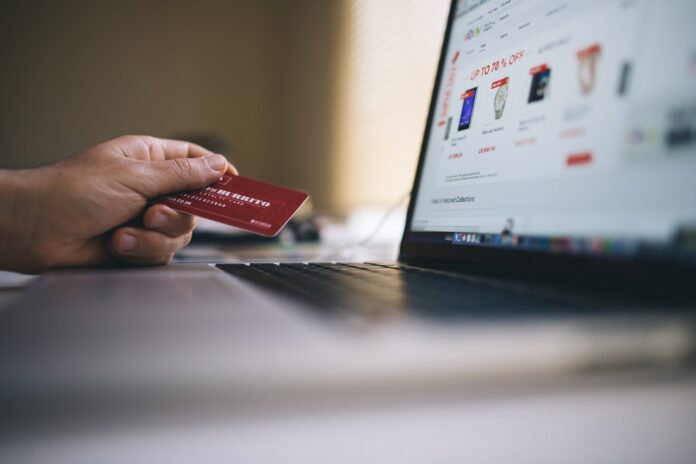Having affected so many other aspects of daily life, the COVID-19 pandemic has almost certainly changed the way you do business. Despite efforts to fast-track the development of a vaccine, the pandemic could extend through 2020 into 2021 or beyond. This means that you may have to adopt a long-term solution to the current problems posed by the virus.
The need for goods and services has not disappeared due to the pandemic. However, because the virus spreads via person-to-person contact, a traditional transactional exchange could be enough to transmit it from one person to another. Therefore, customers are looking for contactless alternatives for making payments, and vendors like you are eager to provide them.
Customers Favoring Credit Cards
Even before the coronavirus that causes COVID-19 existed, paper money had a notorious reputation for picking up a lot of germs. This is because it gets passed from one person to another over the course of its useful life, which can range from 18 months to over a decade. Fearing that paper money could make them sick, customers have turned instead to credit cards and other alternative means of making payments.
While credit cards do represent a more sanitary alternative to paper money, there is still a risk that a card passed from the user to the cashier could transmit the virus as both handle the card. Once the novel coronavirus has reached a plastic surface, it is detectable for at least three days thereafter, although it is not clear how long it remains infectious. A workable but inefficient solution that some vendors have turned to is asking cashiers to key in credit card information rather than having them handle cards themselves. However, this method requires employees to collect sufficient information from customers to authenticate the sale.
Many vendors have credit card readers such as the Clover Station 2.0 at the point of sale. Some of these are set up so that customers can swipe or insert their cards themselves, without the cashier having to make contact with it. Not having multiple people handle the card affords a level of protection to customers and employees alike.
Merchants Seeking Contactless Solutions
The risk of self-serve credit card readers may be somewhat greater for customers than for vendors because most require a least some contact with the surface of the machine. For example, many transactions require a customer to key in information such as a ZIP code or PIN.
Contactless payment methods existed and were trending upward even before the pandemic hit. Some allowed customers to pay using a mobile device, while others require only a brief tap of a credit card against a device. Contactless payment was trending up before the pandemic, and a majority of consumers have expressed a desire to continue using it once it is over. A free Clover Flex not only provides completely contactless payment options but is also portable, meaning that it can be used to complete a transaction that involves curbside delivery.
Even if you have not accepted credit card and/or mobile payments up to now, the survival of your business may require you to adapt. While shopping for card processing services, seek out solutions that allow you to accept credit cards with no monthly fee.





















